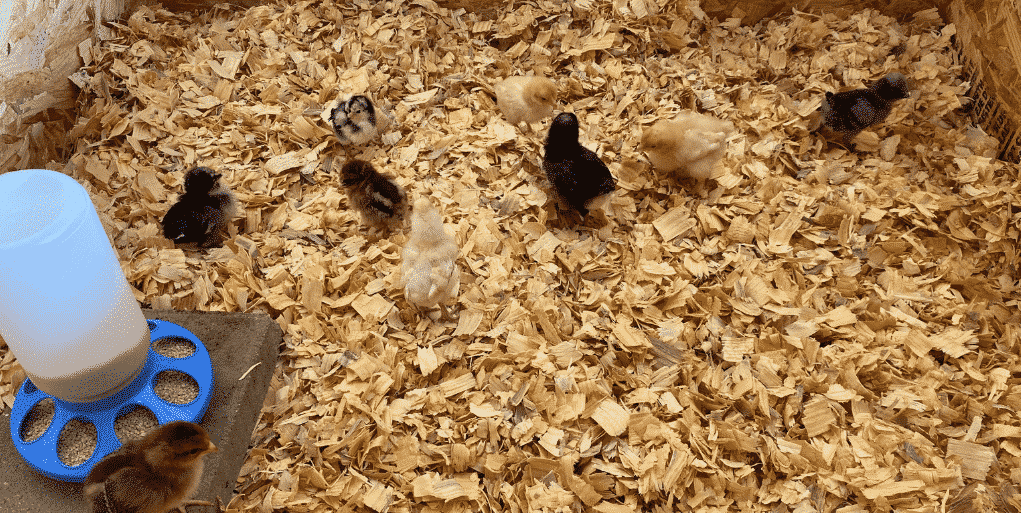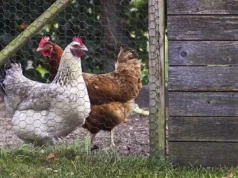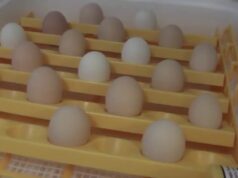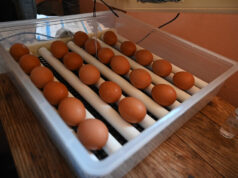Raising healthy chicks begins with providing the right environment. A crucial component of this environment is maintaining the correct temperature. This is where a thermostat for chick brooder plays a vital role. A thermostat helps ensure that the heat levels are just right, promoting healthy growth and comfort for your baby chicks. In this guide, we will delve into the importance of using a thermostat in your chick brooder setup and explore related aspects of chick care.

Why Temperature Control is Crucial in a Brooder
Newly hatched chicks are unable to regulate their body temperature. This makes temperature control an essential aspect of brooding. By using a thermostat, you can achieve a consistent heat level, reducing the risk of chilling or overheating, which are both detrimental to chick health. Furthermore, consistent temperatures promote healthy development and growth.
Ideal Temperature Settings for Different Chick Growth Stages
When it comes to managing temperatures, it is important to adjust the settings as the chicks grow. Newly hatched chicks require a warmer environment compared to older chicks. Typically, starting at about 95F, you should decrease the temperature by 5F each week as they grow. A thermostat can help automate this process, ensuring consistency and precision in temperature adjustments.
How a Thermostat for Chick Brooder Works
A thermostat functions by constantly measuring the ambient temperature within the brooder. It adjusts the heat source accordingly, increasing power when it needs to be warmer or cutting back when the desired temperature is reached. This automated control supports optimal chick comfort and growth by ensuring temperatures are accurate around the clock.
Features to Consider When Choosing a Thermostat
Not all thermostats are created equal. When selecting one for your chick brooder, consider the following features:
- Temperature Range: Ensure the thermostat can maintain the wide range of temperatures chicks need at different stages.
- Accuracy: Precision in temperature control is crucial for chick health, so choose a model that offers accurate readings and adjustments.
- Ease of Use: User-friendly settings and clear displays can make managing the brooder’s environment much simpler.
- Safety Features: Look for models with safety features like over-heat protection, which can prevent accidents.
Setting Up a Brooder with Your Thermostat
Proper setup of a chick brooder involves arranging your chosen heat source to work seamlessly with the thermostat. This takes into account the placement and ensuring the thermostat’s sensor is optimally positioned to get accurate readings. Position your chick brooder setup in a safe environment, away from drafts and direct sunlight for best results.
Common Mistakes and How to Avoid Them
Many new poultry owners make some common mistakes when using thermostats:
- Incorrect Placement: The sensor should be at chick height for accurate temperature readings.
- Ignoring the Brooder’s Environment: Ambient room temperature affects the brooder. Ensure that surrounding conditions are stable.
- Not Monitoring Consistently: Although thermostats provide control, checking regularly can prevent unnoticed faults.
Benefits of Using a Thermostat for Chick Brooder
Adopting a thermostat for chick brooder offers a myriad of advantages:
- Consistency: Automatically maintains set temperatures, ensuring a stable growing environment.
- Energy Efficiency: Reduces energy use by optimizing heat output to meet needs precisely.
- Stress Reduction: Stable environments prevent stress from temperature fluctuations, promoting healthier chicks.
These benefits underscore the value of investing in a good quality thermostat for your chick brooder.
Top Recommended Thermostats for Chick Brooders
The market offers several excellent thermostat options. Based on features, reliability, and user-friendly design, some of the top choices include:
- Farm Innovators Thermostat
- Inkbird ITC-308
- Zoo Med Repti Temp Rheostat
Each of these models provides specific benefits and features that cater to different brooding needs. Research thoroughly to find the perfect fit for your setup.
Maintaining Your Brooder to Ensure Longevity
Proper maintenance of both the brooder and thermostat can ensure their longevity. Regularly cleaning the brooder to prevent disease buildup and periodically testing the thermostat’s accuracy can go a long way in ensuring long-term function.
Consider using professional services for regular maintenance checks. This can save money and ensure the equipment functions correctly.
Understanding Brooder Basics
Grasping the basics is crucial for any poultry caretaker. Learn about brooder basics and the fundamental requirements for a chick brooder to improve outcomes.
Conclusion: Take Charge of Your Chicks Growth
Equipping a thermostat for chick brooder gives you substantial power over your chicks’ growth and wellbeing. With precise temperature control, you can create optimal conditions for every stage of your chicks lives. A thermostat is not just an accessory; it is an essential part of modern poultry raising. Consider integrating this technology into your care routine to ensure happy, healthy, and thriving chicks.

FAQs About Thermostats for Chick Brooders
What is the ideal temperature range for newly hatched chicks?
Newly hatched chicks require temperatures around 95F to begin with. It is reduced by 5F each week as they grow.
Can I use a regular home thermostat for my chick brooder?
No, a regular home thermostat may not have the precise settings or safety features needed for a brooder environment.
How often should I check the thermostat settings?
While thermostats provide automation, regular checks are recommended to ensure everything is functioning correctly.
For further resources on brooding care, refer to this insightful guide from the University of New Hampshire which delves into various aspects of chick brooder care extensively.
This article contains affiliate links. We may earn a commission at no extra cost to you.










